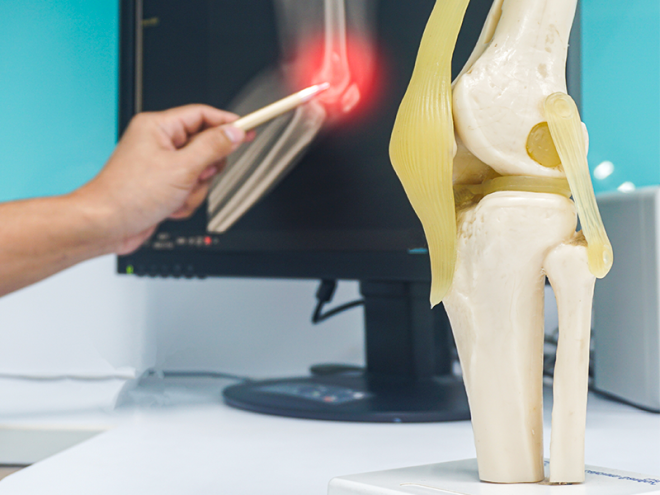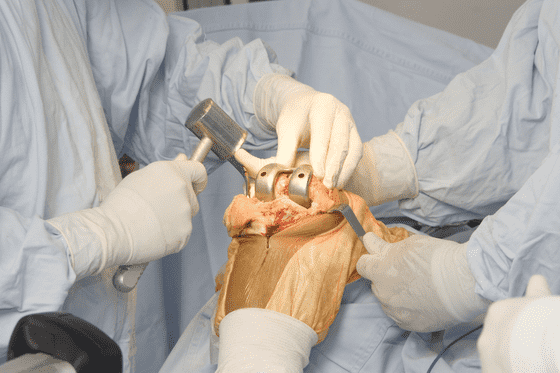5 Easy Facts About Axis Spine And Orthopedics Described
5 Easy Facts About Axis Spine And Orthopedics Described
Blog Article
The Facts About Axis Spine And Orthopedics Revealed
Table of ContentsAxis Spine And Orthopedics Fundamentals ExplainedThe Single Strategy To Use For Axis Spine And OrthopedicsThe Ultimate Guide To Axis Spine And OrthopedicsGet This Report on Axis Spine And Orthopedics
An orthopedic surgeon is a doctor that specializes in treating troubles of the bones, joints, and connective tissues, and ensuring you keep a healthy bone and joint system., we have actually highly certified orthopedic cosmetic surgeons that are qualified of treating patients of all ages. I got entailed in research study throughout my initial year of medical college, and I started making connections with orthopedic specialists early on.
Discuss the post-operative care strategy with your specialist. Organize for transport to and from the health center on the day of surgical treatment.
Axis Spine And Orthopedics - Questions

Your physician will certainly supply lots of info regarding post-operative care, consisting of just how to remain tidy and maintain the medical area tidy. Adhering to these tips can prepare you literally and emotionally for your orthopedic surgery. Bear in mind to keep a favorable overview and trust your medical team's expertise, adding to a smoother recuperation process.

Otherwise, you'll just obtain confused. Assume regarding the huge image. No one expects you to understand anything, so don't attempt to memorize a lot of arbitrary truths. Whether you're running after your youngsters, tackling hiking tracks, or revealing off your finest dancing actions, maintaining your bone and joint system in great form is crucial. Or else, joint discomfort can really mess up your life.
Typical conditions treated by orthopedic doctors are: Cracks and Bone Injury: Broken bones and various other injuries from mishaps or influences. Bone Cancer: Tumors in the bones. Orthopedic Trauma: Extreme injuries influencing bones, joints, or soft cells.
Sprains and Strains: Injuries to tendons and muscle mass. Tendinitis: Inflammation of the ligaments. Orthopedic surgeons perform a variety of treatments to aid individuals with bone and joint problems. Common examples are knee and hip substitutes. Joint Reconstruction: Rebuilding a harmed joint to restore its feature. Bone Grafting: Taking bone from one part of the body and transplanting it to one more area to fix and rebuild harmed bones. Reconnecting Nerves: Repairing broken nerves to restore movement and feeling. Spinal Disk Replacement: Replacing a damaged spinal disk with an artificial one to relieve discomfort and recover feature. You'll require to take and pass the Medical College check my source Admission Examination( MCAT). This standardized test examines your understanding and skills essential for success in clinical college. Clinical college is an extreme

The Buzz on Axis Spine And Orthopedics
Next, they finish an orthopedic residency. It's typically 5 years and gives hands-on knowing in a clinical setup. Visits typically consist of: Discussing your signs, clinical history and way of living.
Therapy suggestions. Some problems require extra imaging, like a CT scan or MRI for even more in-depth sights of the unpleasant area. Your orthopedist will recommend therapies to reduce symptoms until you receive a medical diagnosis. Orthopedic doctors focus on nonsurgical and surgical techniques. For sure types of orthopedic trauma or hereditary problems, surgical procedure is typically the initial line of therapy. For the majority of other problems, orthopedists try nonsurgical therapiesinitially. It might take greater than one type of treatment to achieve enduring relief. Picking the right is critical for effective medical end results and enhanced client recuperation. With a vast array of choices available in the market, it can be frustrating for both specialists and people to make an informed decision. The top 5 elements to consider when picking an orthopedic dental implant are surgical compatibility, cost-effectiveness, considerations for alteration surgical procedure, patient-specific aspects, and the design and advancement of the implant. They are available in different forms, sizes, and materials, each serving a details objective based on the individual's demands. Comprehending the basics of orthopedic implants is important before diving into the decision-making procedure. One of the leading considerations when selecting an orthopedic implant is its compatibility with the operation. Different implants are made for various medical techniques and methods. The orthopedic dental implant should be especially made to fit the patient's anatomy and guarantee security throughout the healing process. Surgical compatibility involves elements such as dental implant size, shape, and material. The success of orthopedic procedures counts greatly on the appropriate choice and placement of implants that are compatible with the person's composition and case history. By prioritizing patient security and wellness, orthopedic doctors can accomplish effective outcomes and offer the finest quality of like their patients. Specialists have to very carefully think about the biomechanical homes of the implant and exactly how it will certainly integrate with the person's bone framework. This will add to much better surgical outcomes, decreased issues, and shorter recuperation time. When choosing implants for a client, it is important to consider a selection of patient-specific aspects that can influence the success and outcome of the treatment. These variables include the individual's age, bone top quality and quantity, oral health condition, case history, lifestyle behaviors, and aesthetic preferences. For older patients with compromised bone thickness, much shorter implants or grafting procedures might be helpful to offer the needed stability and assistance. 3. Is the dimension of the orthopedic implant an essential factor to consider? Just how does it impact the surgery and the client's healing? Yes, the size of the dental implant is vital as it must match the patient's framework for appropriate fit and capability. 4. Can the client's age and way of life contribute in choosing the most appropriate orthopedic implant? Absolutely. Just how does the expense of an orthopedic implant factor into the decision-making process, and are there ways to balance top quality with affordability? The price of the implant is an important factor to consider, but it needs to not be the sole determining variable. Stabilizing quality with affordability includes weighing various dental implant choices 'long-term benefits and prospective problems. Report this page